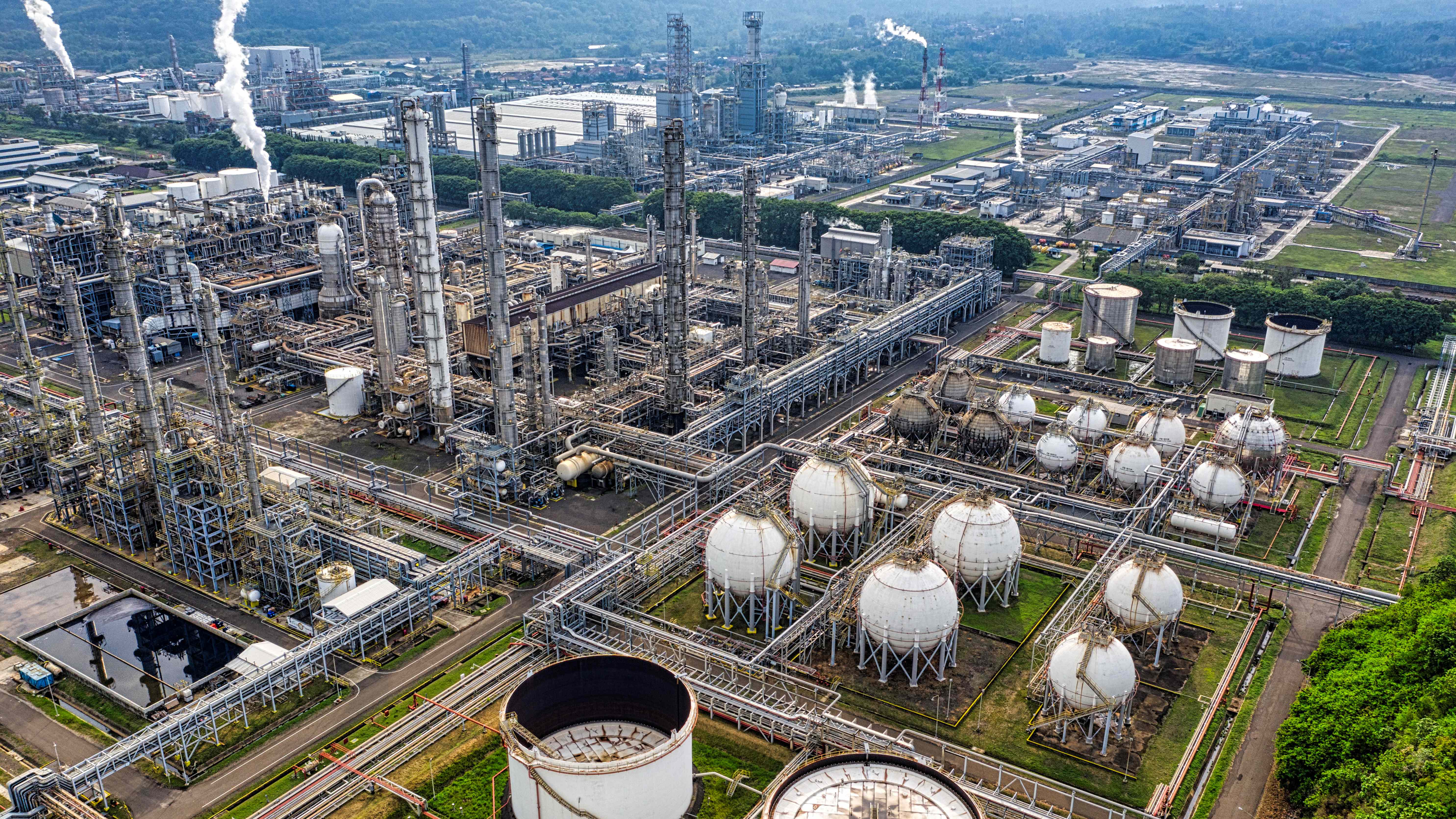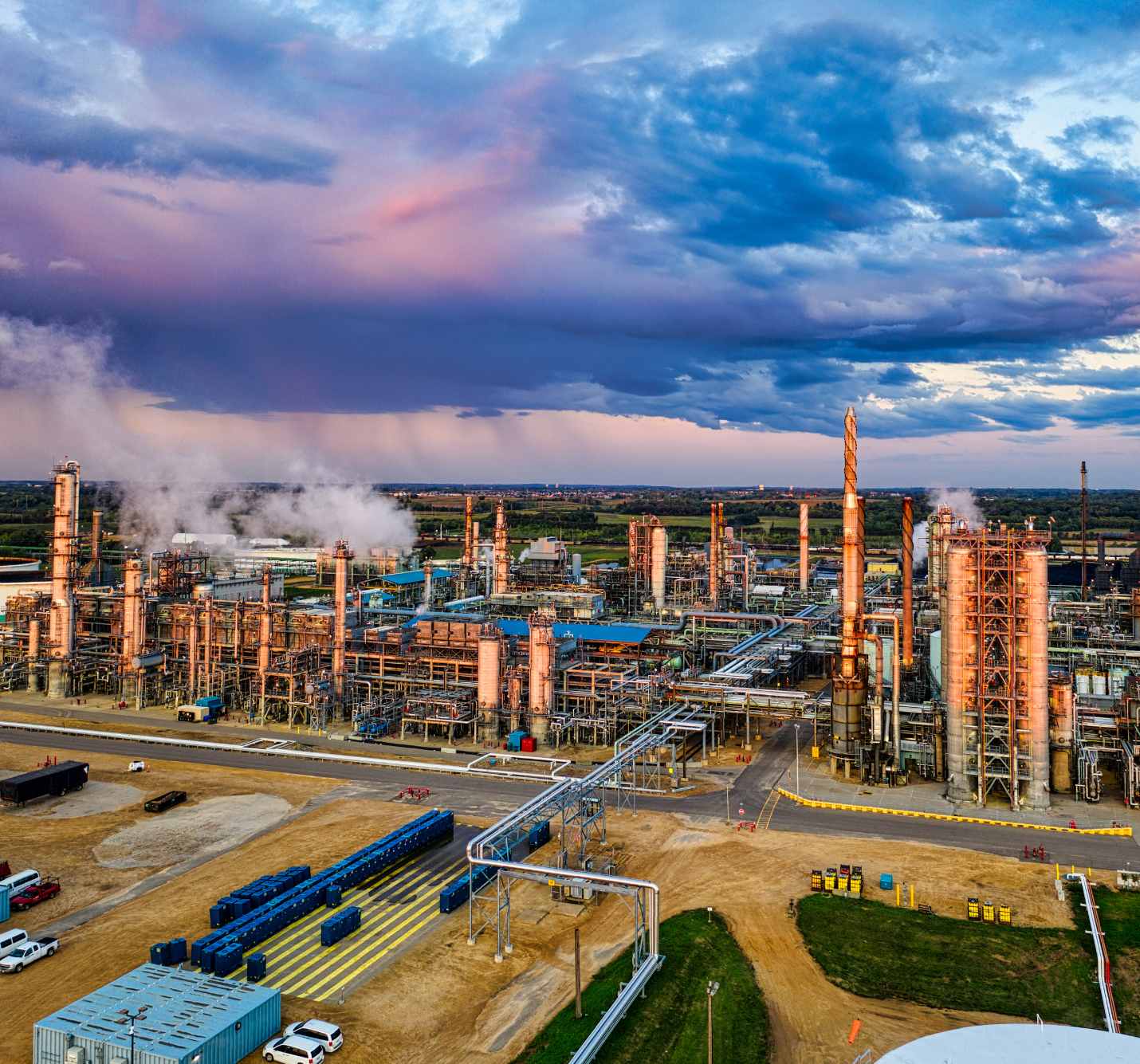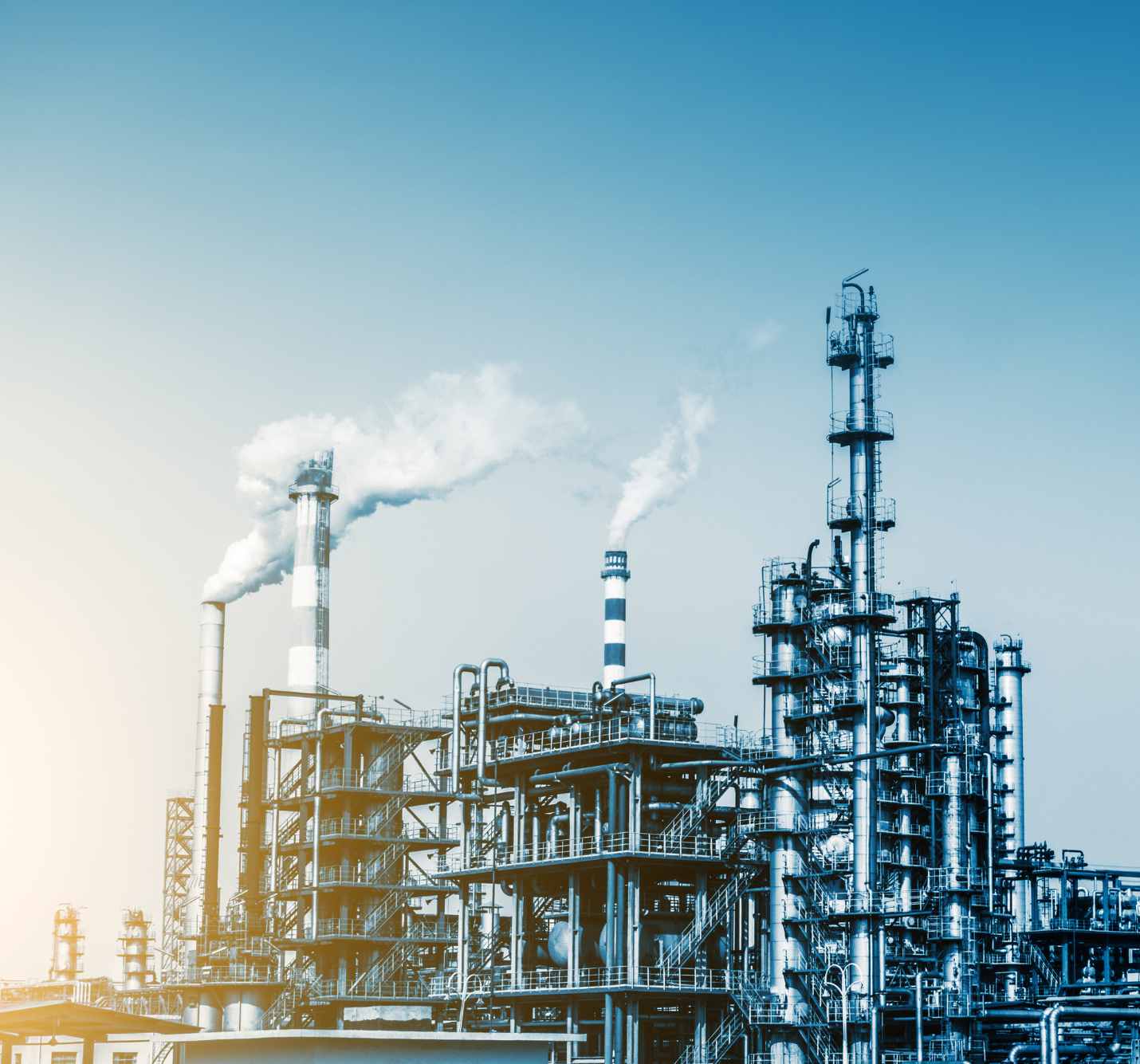Let’s talk
The chemical sector underpins almost every part of modern life. From fertilisers and pharmaceuticals to plastics and coatings, chemicals enable 95% of manufactured goods and generate over $4 trillion in annual value. Yet the sector is also one of the most resource- and energy-intensive industries — driving around 7% of global greenhouse gas emissions, heavy water withdrawals, pollution, and land-use impacts from feedstocks.
The very foundations the sector depends on clean water, stable climates, healthy ecosystems and secure supply chains. These are under pressure. Left unaddressed, these risks will raise costs, expose companies to regulation and liability, and weaken long-term competitiveness.
But transformation is possible and urgent. With safer-by-design chemistry, circular supply chains, renewable feedstocks and credible disclosure, the chemical sector can shift from being a driver of nature loss to a catalyst for sustainable growth.
The chemical sector is facing rising expectations from regulators, investors, and customers alike. Four trends are reshaping how companies design, source, and report:
Global frameworks such as CSRD, ESRS, ISSB, and TNFD are converging with “safe and sustainable by design” regulation. Companies are being asked to measure their nature impacts, set science-based targets, and disclose credible transition plans.
Pressure is mounting to shift away from fossil feedstocks. Recycled, renewable, and bio-based alternatives are scaling, though they bring challenges around traceability, land use, and sustainable sourcing.


If left unaddressed, these challenges will undermine competitiveness, increase liabilities, and accelerate systemic risks across supply chains.
The sector is responsible for around one-fifth of industrial GHG emissions, locking in fossil fuel dependence and regulatory exposure.
Large withdrawals and effluent discharges drive ecological and community risks, particularly in water-scarce regions.
Persistent pollutants and hazardous by-products cause long-lasting environmental damage, legal liabilities, and reputational harm.
The growing shift to biomass inputs risks deforestation, soil degradation, and land-use conflict if not managed responsibly.
If managed well, the chemical sector can cut risks, lower costs, and lead innovation that benefits both business and nature.
Process improvements, digitalisation, and renewable power reduce costs, emissions, and pressure on nature.
Closed-loop systems, efficiency measures, and watershed partnerships reduce stress in critical basins and improve resilience.
Recycled, renewable, and traceable inputs reduce dependency on fossil fuels and land-intensive materials, while cutting volatility.
Safer-by-design chemistry, recycling of by-products, and circular business models unlock new markets and reduce risk exposure.

We work with our clients to map nature impacts and dependencies throughout their agricultural value chains, identifying priority pressures such as deforestation, soil degradation, or water stress.

We collaborate with client teams to translate material nature-related impacts and dependencies throughout agri-supply chains into business risks and opportunities.

We support clients to distill nature-related dependencies, impacts, risks and opportunities into credible reporting that can be used to drive action.

We help craft credible nature strategies with clear targets and actions that tackle key dependencies, impacts, and risks while unlocking opportunities that drive business value and sustainable performance.